Periodontal disease is one of the most common microbial infections in adults, It can also be found in young patients as a very aggressive periodontal disease and can suddenly appear.
Periodontal disease is one of the most common microbial infections in adults, It can also be found in young patients as a very aggressive periodontal disease and can suddenly appear.
It is an inflammatory disease of bacterial origin affecting the tooth supporting tissue.
The most common types of periodontal disease are periodontitis and gingivitis:
- Gingivitis involves inflammation of the gums only, and there is no presence of loss of bone supporting the teeth and it is relatively reversible. If this situation is not addressed, it could spread to the next periodontal disease.
- Periodontitis is characterized by widespread inflammation of the periodontal tissues that lead to progressive destruction of the periodontal ligament and bone that supports the teeth, and loss of bone is irreversible. There is also Periimplantitis, which is the same as above, but ii affects implants.
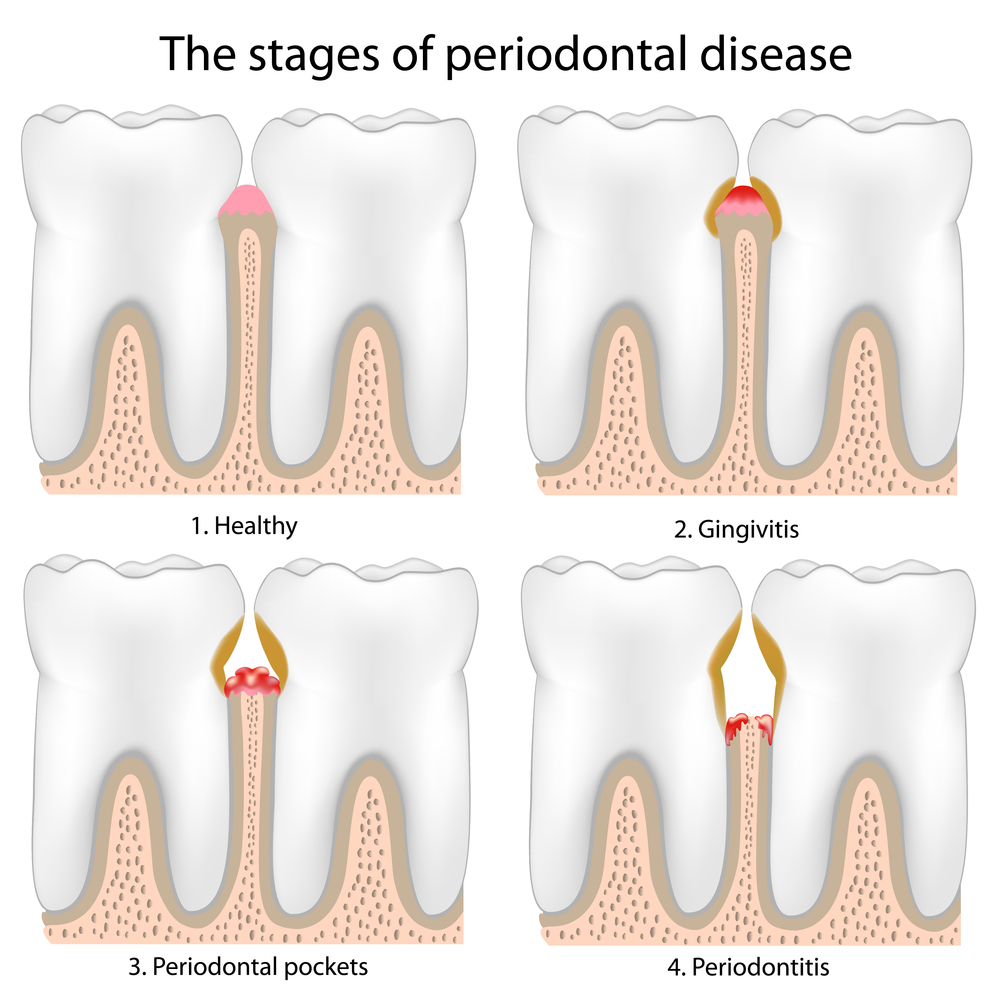
FAQ
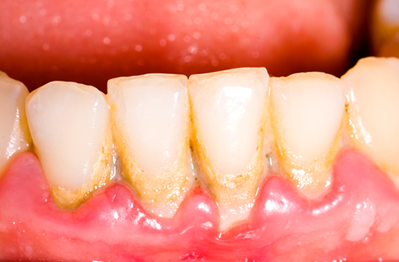 The best way to prevent the onset of this disease is to visit us at least once a year and have a regular professional mouth clean and monitor your gums and advise if any changes have taken place.
The best way to prevent the onset of this disease is to visit us at least once a year and have a regular professional mouth clean and monitor your gums and advise if any changes have taken place.
The most obvious signs of this disease are bleeding, inflammation, tooth mobility, gingival recession (teeth longer because of loss of gum), tenderness, bad taste and bad breath.
Special care patients suffering from: Diabetes, heart disease, hypertension, smoking, pregnant patients, taking cyclosporine, calcium channel blockers and oral contraceptives, must take special care.
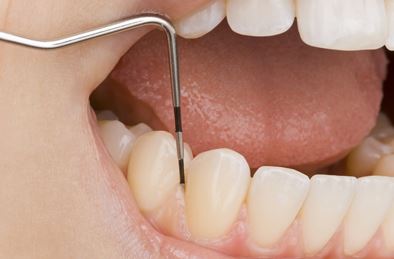 “Periodontal Study” to assess individually each tooth affected by periodontal disease, giving a diagnosis of the type of periodontal disease that presents and severity of the disease. This will tell, with the most advanced technical resources available in our specialty electronic probes (probe Florida), digital radiography systems, visual aids, laboratory tests both micro-biological and genetic.
“Periodontal Study” to assess individually each tooth affected by periodontal disease, giving a diagnosis of the type of periodontal disease that presents and severity of the disease. This will tell, with the most advanced technical resources available in our specialty electronic probes (probe Florida), digital radiography systems, visual aids, laboratory tests both micro-biological and genetic.
The study is divided into three parts:
– Digital Radiography: to value the bone level, and see the extent of loss of support of the teeth.
– Periodontal chart: which measures the periodontal sockets of each tooth (these sockets are full of plaque forming a barrier called biofilms, which can only be remove by mechanical treatment) also reports the presence of blood, mobility, accumulation of tartar and recessions (loss of gum level).
– Photographs: to compare the beginning with the end of treatment.
There is an additional test, called microbiological study using a molecular biology technique (PCR); we can detect the most aggressive bacteria in your periodontal tissue and to give the proper antibiotic against these bacteria. Also we can assess the exact number of bacteria in the mouth before treatment and compare it with another microbiological test after treatment.
This is recommended in cases of very aggressive periodontal disease in patients under 30 years.
For those patients who require it, we have available genetic tests, which assess whether the patient has a genetic predisposition or susceptibility to suffer from periodontitis.
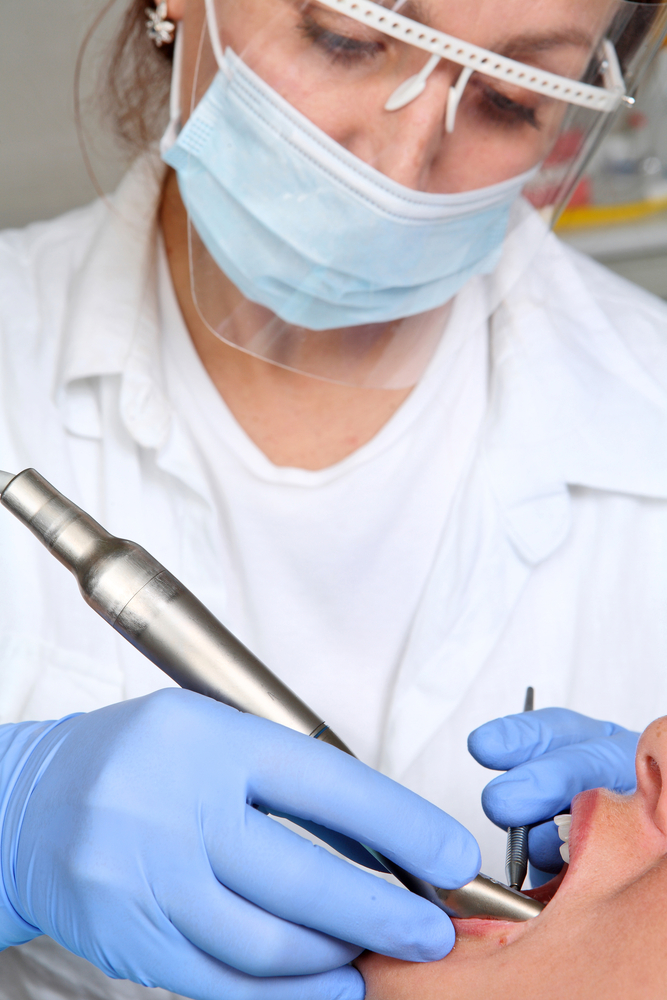
Will carry out the elimination of the periodontal inflammation using a technique known as scaling and root planing, for removal of plaque and bacteria below the gum line.
This treatment is carried out using the most current technology, called “Full moth” which is the full mouth disinfection in a single session.
This will stop periodontal disease, but not eliminate it; it is why there is the necessity of a maintenance program after treatment. After one month return visit to the clinic to perform measurements using a new periodontal chart to compare. In case the sockets are less than 3mm, the treatment is completed and you can enter into Periodontal maintenance program.
This phase is the most important of all because we are talking about a “chronic disease”. Maintenance is carried out every three months for the first year and every 6 months thereafter
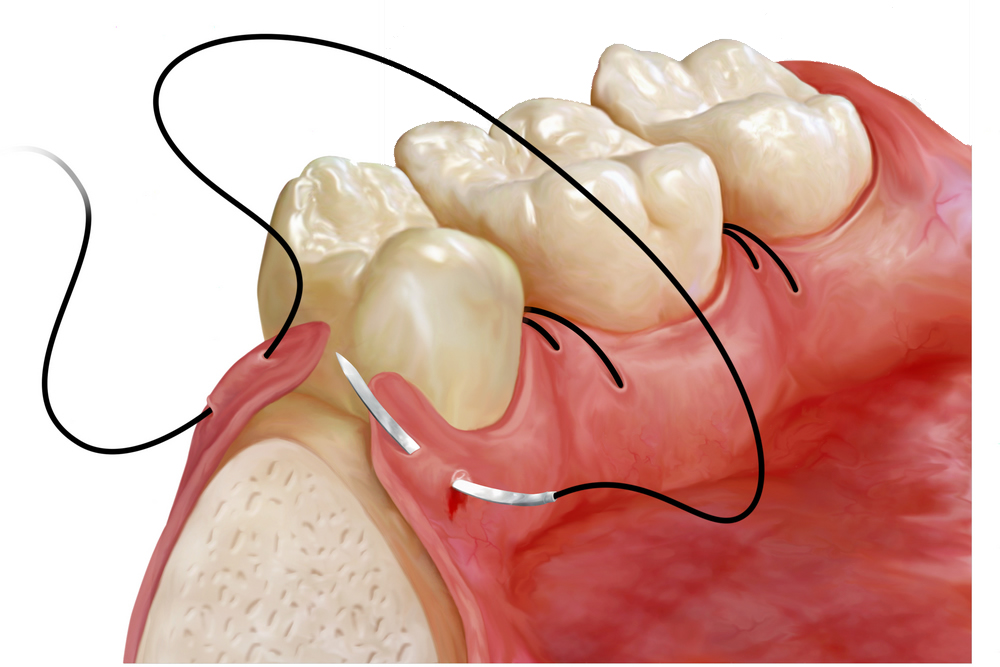 In some cases there may be a worsening of the infection requiring surgical treatment.
In some cases there may be a worsening of the infection requiring surgical treatment.
If, however, after the second periodontal chart the sockets are larger than 3mm, it will take small surgical treatment to remove them completely
 A visit every six months for dental cleanings, to examine the gums and insure proper dental hygiene of the patient, It is the most important step
A visit every six months for dental cleanings, to examine the gums and insure proper dental hygiene of the patient, It is the most important step
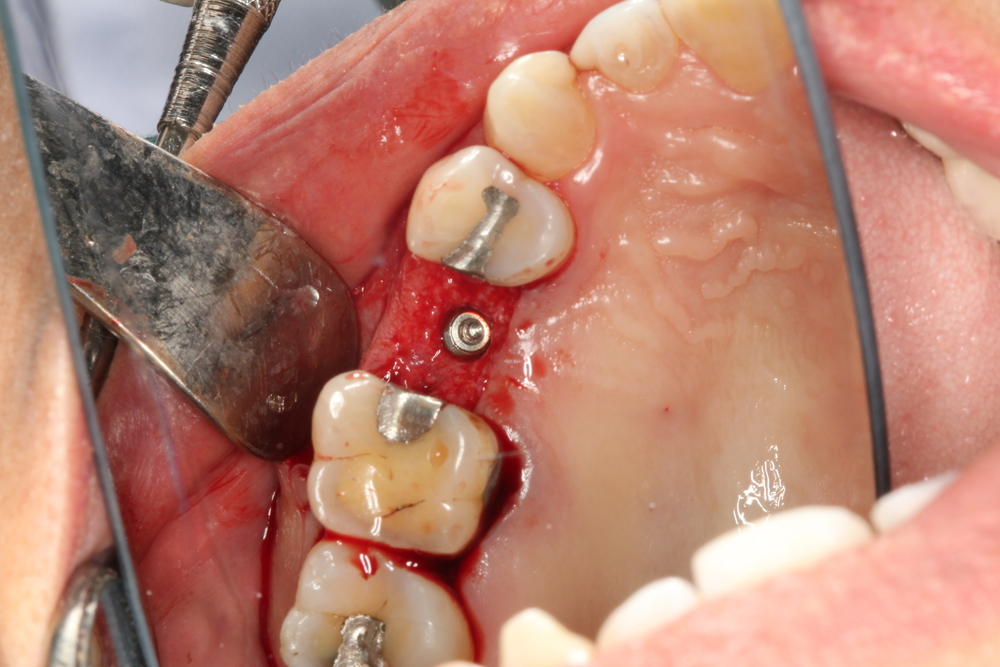
In case of loss of bone, it can be regenerated
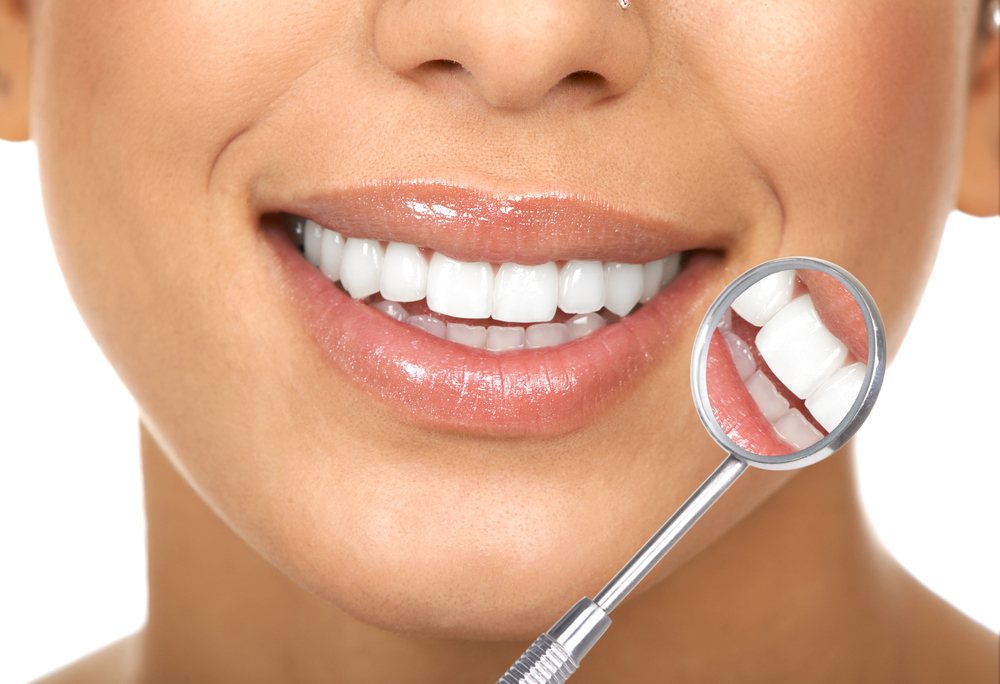 There are also aesthetic treatments with tissue grafts to cover areas where the gum has been lost. Also there are treatments to reduce the gum (gingivectomy and crown lengthening)
There are also aesthetic treatments with tissue grafts to cover areas where the gum has been lost. Also there are treatments to reduce the gum (gingivectomy and crown lengthening)


